Introduction
You may have noticed that when a constant load is placed on a weighing system, the reading slowly drifts over time—even though nothing changes physically.
This is not a failure or signal instability.
It’s called load cell creep—a natural behavior of strain-based transducers.
In this article, we explain what creep is, what causes it, how to minimize its impact, and why it matters in high-precision applications.
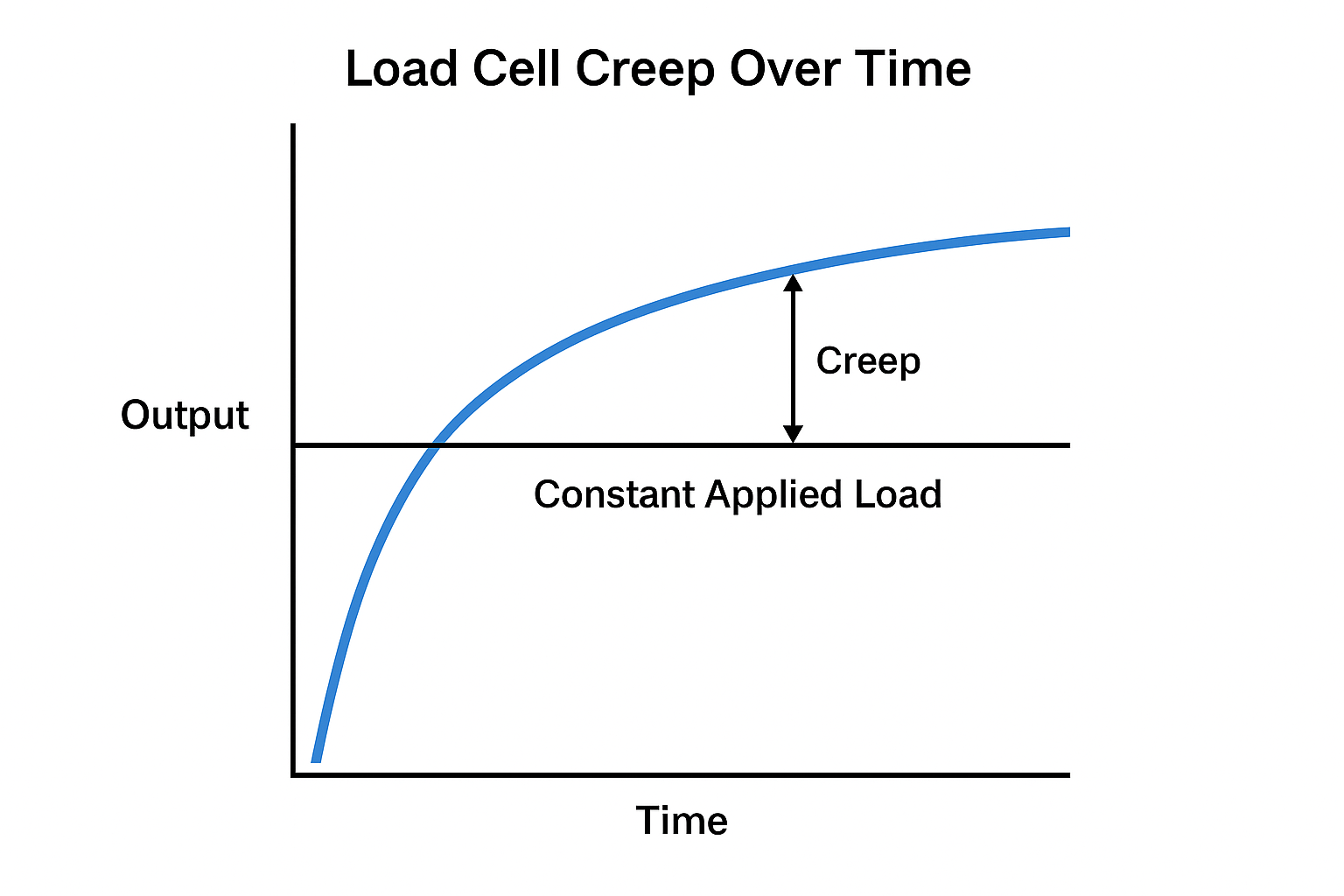
1. What Is Creep in Load Cells?
Creep refers to the slow, time-dependent change in a load cell’s output when a constant force is applied.
❝ Even though the applied weight doesn’t change, the output reading “creeps” up or down slightly over time. ❞
Typically measured over 20 or 30 minutes, this drift is a result of internal mechanical and material relaxation in the load cell structure.
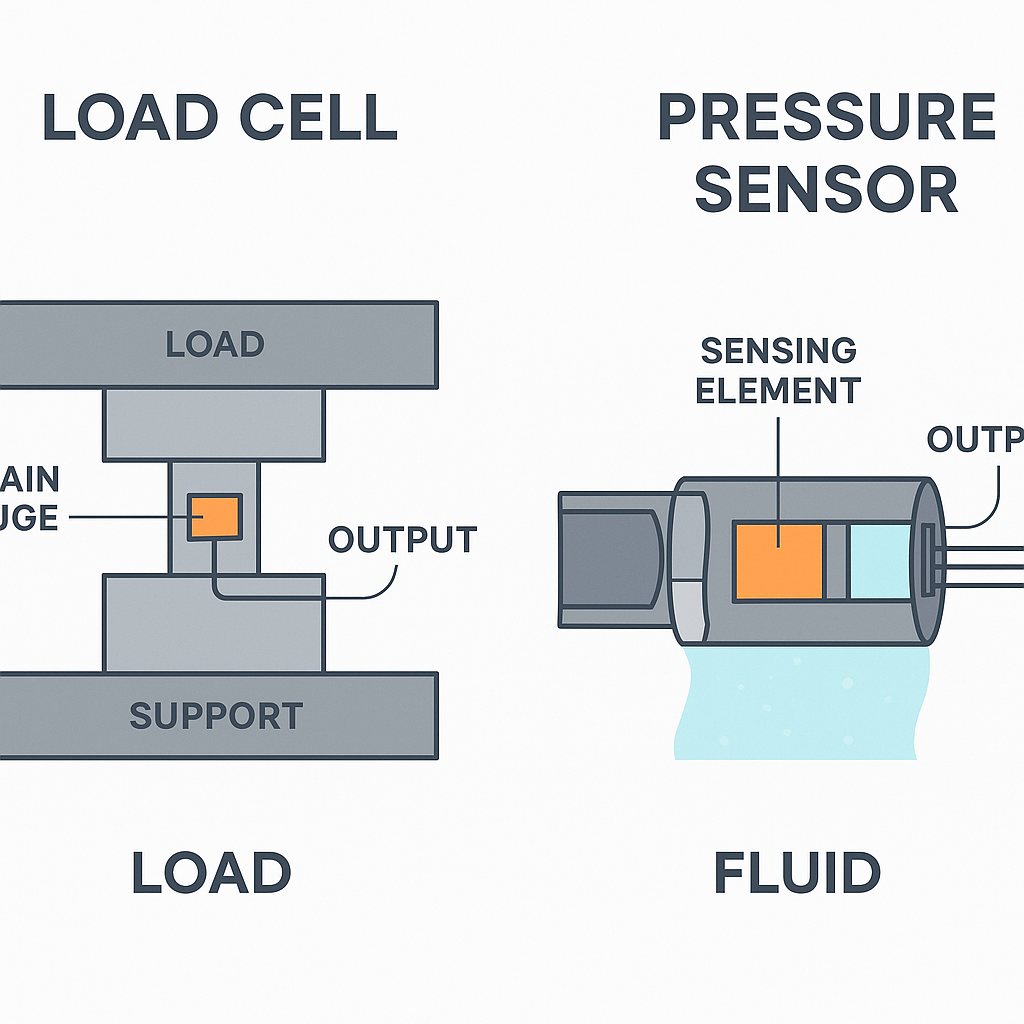
2. What Causes Load Cell Creep?
Several factors contribute to creep:
⚙️ Elastic deformation of the strain body (metal structure relaxes under stress)
🌡️ Thermal effects: Temperature affects resistance and structure simultaneously
🧵 Strain gauge adhesive relaxation
⚡ Bridge imbalance in the Wheatstone circuit
🧊 Material hysteresis (non-linear mechanical return after loading)
3. Is Creep the Same as Drift?
No.
| Term | Description |
|---|---|
| Creep | Time-based change under constant load |
| Drift | Long-term change due to aging, temperature, etc. |
| Zero Drift | Output shift when no load is applied |
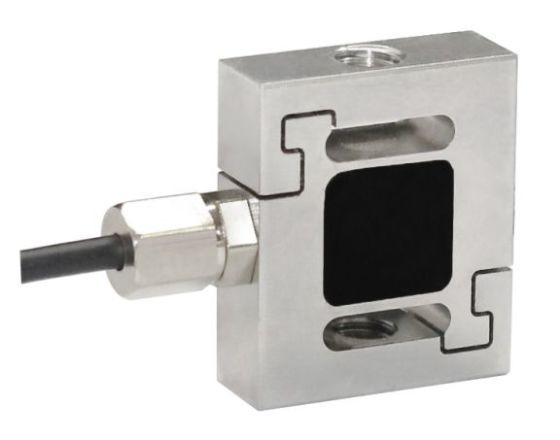
4. How Is Creep Specified in Datasheets?
Creep is usually listed like this:
Creep (30 min): ±0.03% F.S.
→ After 30 minutes at full load, output may change by ±0.03% of full scale.
Some datasheets also list:
Return to zero (creep recovery)
Creep after X minutes at Y% rated load
5. When Does Creep Matter Most?
Creep has minimal impact in dynamic or short-duration loads.
But in the following scenarios, it’s critical:
| Application | Why Creep Matters |
|---|---|
| Gravimetric dosing systems | Affects dosing accuracy over hold periods |
| Tanks/silos with slow fill | Reading shifts during batch |
| Legal-for-trade scales | Compliance requires tight creep tolerance |
| Scientific testing machines | Long-duration tests demand stable output |
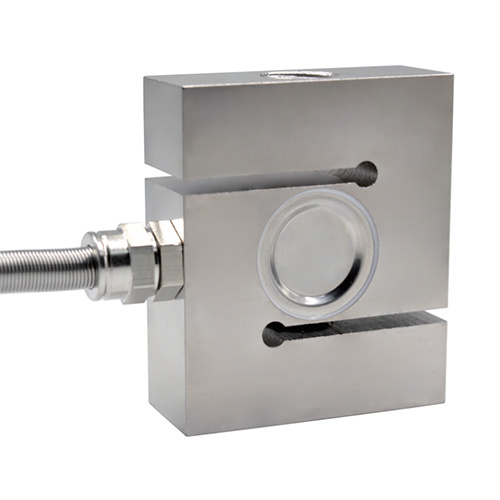
6. How to Minimize Creep
✅ Choose Low-Creep Load Cells
Look for creep ≤ ±0.02% F.S. over 30 min
Some stainless steel sensors have better stability than aluminum
✅ Use Temperature-Compensated Sensors
Creep is often worse with thermal changes
✅ Apply Load Smoothly and Gradually
Sudden shock loading can worsen mechanical relaxation
✅ Wait for Stabilization Before Taking Readings
Some systems include a “settling delay” timer
✅ Consider Creep Correction Algorithms
High-end controllers or software can linearize and correct for creep over time
7. Creep vs Hysteresis vs Nonlinearity
| Effect | Description |
|---|---|
| Creep | Slow change in output under constant load |
| Hysteresis | Different output for loading vs unloading |
| Nonlinearity | Output curve deviates from a straight line |
All are critical in precision load cell performance, but creep is the most time-sensitive of the three.
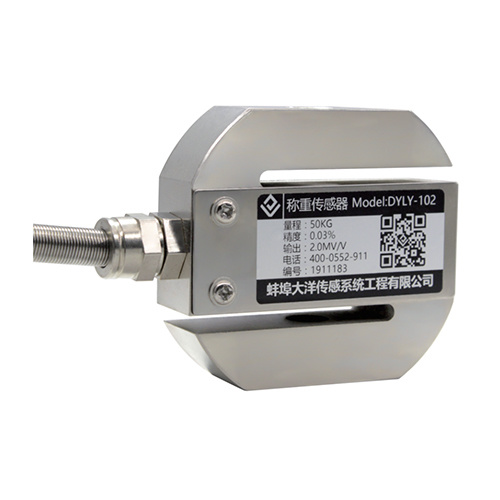
Conclusion
Load cell creep is not a defect—it’s a material reality.
By understanding its behavior and planning for it in both hardware and software design, you can ensure consistent, reliable readings even in long-duration or compliance-sensitive applications.
Creep may be slow—but if you ignore it, the consequences might not be.
